Apple's fingerprint sensor encapsulation tech could be headed for future iPhone
Last updated
The U.S. Patent and Trademark Office on Thursday published an Apple filing for a unique encapsulation structure which holds both a fingerprint sensor and its conductive bezel, allowing for a smaller, more protective final component suitable for a mobile device.
Apple's patent application, filed in February and titled "Integrally molded die and bezel structure for fingerprint sensors and the like," describes a unitary encapsulation structure that protects a delicate biometric array, while still allowing for a portion of the sensor and bezel to be exposed or thinly coated with a protective seal. While the filing is for a "strip" type sensor, the technology can feasibly be applied to other fingerprinting methods.
As noted in the filing, current electrical-based sensors are formed in a package containing the die, which holds a semiconductor and said sensors along with related circuitry. Because of the small die size, secondary structures like a lead frame and wires are needed to make an electrical connection between the die and the printed circuit board on which it is situated. These structures are then encased in an encapsulation material to protect the intricate wirebonding and other internal components from damage.
Because such sensors can only operate within a certain threshold distance between a user's fingerprint and the die, many encapsulation methods leave the package uncovered.
Current circuit designs may also use a small electrical current to charge a user's finger for reading. In order to send the correct current through the finger, small contact structures are formed and disposed near the sensing die. These "bezels" are largely positioned in the same plane as the upper sensing surface of the die, thus ensuring both a charged finger and ideal positioning for the sensor.
Apple's patent filing looks to combine the encapsulated die with the bezel contact structures to form a single unitary package:
By encasing both the bezel and the sensor die in the encapsulation structure, those elements may be brought closer together than heretofore possible. In addition, the encapsulation structure physically protects the bezel and sensor die, and in particular maintains the spacing therebetween, in a fashion not possible by currently known device designs.
In one embodiment, the sensor assembly includes a substrate like a PCB or ceramic structure with a region specifically designed to receive a die assembly, as well as regions for holding bezels. The encapsulation structure is molded from a resin or plastic and is injected in such a way as to leave the top portion of the die and bezel parallel or nearly coplanar. These structures can be either partially exposed, or covered with a thin layer of material to protect it from the elements.
In addition to the above embodiments, the filing notes that the bezels can be provided with visual indicators and possibly a light source.
The invention would prove to be of substantial value if Apple were to deploy a fingerprint reader in a future iteration of the iPhone, as the tech would allow for a small, reasonably durable component that can withstand everyday wear and tear.
Apple is widely rumored to be incorporating fingerprint scanning technology into its next-generation iOS devices, with the forthcoming "iPhone 5" being a prime candidate. Rumors and speculation were sparked by the company's 2012 acquisition of biometrics firm Authentec.
Interestingly, Apple's filing cites multiple patents and patent applications on fingerprint biometrics owned by STMicroelectronics, one of the world's largest semiconductor companies. Besides sensors and embedded processing solutions, the firm also supplied Apple with the three-axis gyroscope found in the iPhone 5.
At least one of the inventors credited with the application, Giovanni Gozzini, is also named on the cited STMicroelectronics patents. Accompanying Gozzini in the Apple-assigned filing are Robert Henry Bond and Alan Kramer.
 Mikey Campbell
Mikey Campbell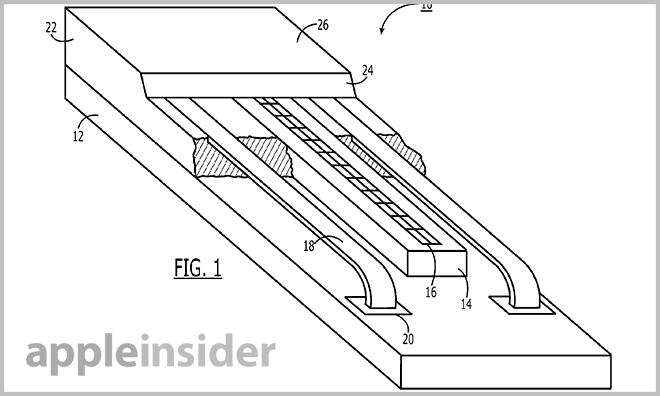
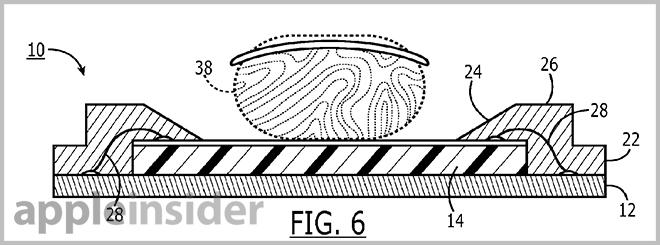
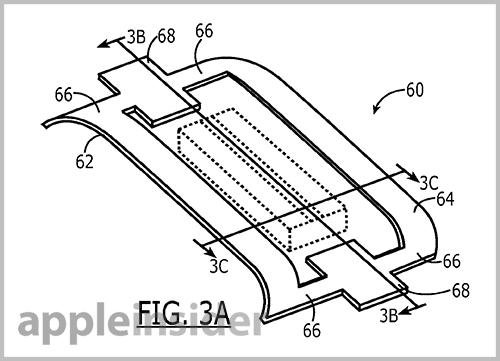














 Amber Neely
Amber Neely
 Thomas Sibilly
Thomas Sibilly
 AppleInsider Staff
AppleInsider Staff
 William Gallagher
William Gallagher
 Malcolm Owen
Malcolm Owen
 Christine McKee
Christine McKee

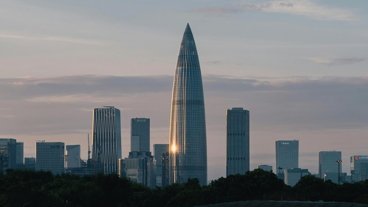

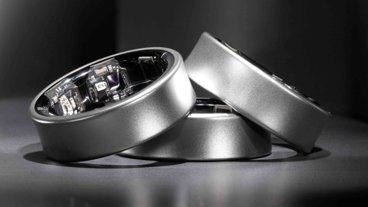






41 Comments
how much effective is that sensor is??
You write 'with the forthcoming "iPhone 5" being a prime candidate'. I guess you meant the iPhone 6 or else you lost the 's' somewhere... ;-)
I can't see them adding new hardware like this until iP6. The S models are streamlining and speed iterations. A feature like this would be a marquee feature methinks, therefore it will be on the 6 - if this tech is implemented soon.
Here's Apple again beating everyone else to the punch...I can see this being a killer feature on a future IPhone and iPad.
[quote name="lostkiwi" url="/t/158153/apples-fingerprint-sensor-encapsulation-tech-could-be-headed-for-future-iphone#post_2349529"]I can't see them adding new hardware like this until iP6. The S models are streamlining and speed iterations. A feature like this would be a marquee feature methinks, therefore it will be on the 6 - if this tech is implemented soon.[/quote] The 4S got Siri.